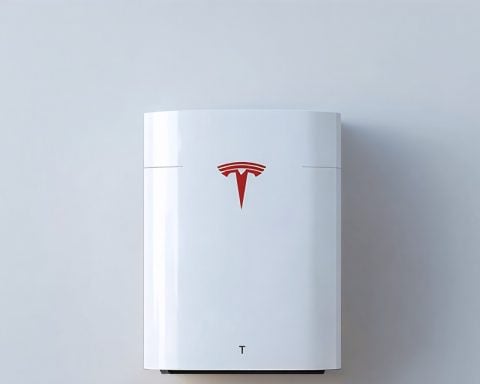In a groundbreaking move, the European Union has introduced regulation 2023/1542, a comprehensive legislative framework designed to reshape the future of battery technology. This ambitious measure aims to address the dual challenges of sustainability and technological advancement in an increasingly electric world.
Revolutionizing Battery Production
Regulation 2023/1542 mandates that by 2030, all batteries used in electronic devices and electric vehicles must adhere to stringent eco-design and circular economy principles. This means manufacturers will be compelled to consider the entire lifecycle of their products, from sustainable sourcing of raw materials to ensuring recyclability at the end of a battery’s life. This shift is expected to revolutionize the battery production process, incentivizing innovation in eco-friendly technologies.
Empowering Consumers
The regulation also empowers consumers by enforcing transparency in battery labeling. Product labels will now provide detailed information about a battery’s carbon footprint, material composition, and expected lifespan. This initiative not only builds consumer trust but also encourages informed purchasing decisions, driving demand for sustainable options.
A Global Benchmark
Although 2023/1542 is an EU initiative, its implications may extend worldwide. As global markets strive for sustainability, the regulation sets a precedent that could inspire international standards. In promoting a greener and more technologically advanced future, regulation 2023/1542 stands as a pivotal step in aligning technological progress with ecological responsibility.
This innovative regulatory approach not only paves the way for sustainable growth but also ensures that the future of battery technology is both cutting-edge and environmentally conscious.
How the EU’s Battery Regulation 2023/1542 is Shaping a Sustainable Future
The European Union’s Regulation 2023/1542 marks a significant advancement in the battery industry, with profound implications for environmental sustainability and global market trends. This legislation is not only a domestic strategy but also a potential catalyst for worldwide change in battery production and usage practices.
Innovations in Eco-Friendly Battery Technologies
Regulation 2023/1542 is set to be a driving force behind technological innovations in the battery sector. Manufacturers are expected to explore new materials and production methods that align with eco-design and circular economy principles. Emerging technologies like solid-state batteries and advanced recycling methods are likely to gain traction as companies strive to meet the regulation’s requirements.
Key Features of Regulation 2023/1542
– Eco-Design Mandates: Batteries must be designed with sustainability in mind, focusing on reducing environmental impact throughout their lifecycle.
– Transparency in Labeling: Detailed labeling regulations require manufacturers to disclose carbon footprints and material compositions, promoting consumer awareness and choice.
– Recyclability Standards: The regulation emphasizes the recyclability of batteries, pushing for innovations in recycling processes to maximize resource recovery.
Security and Environmental Aspects
By enforcing these new standards, the EU aims to mitigate the environmental risks associated with traditional battery production, such as resource depletion and hazardous waste. Furthermore, increased recycling can reduce dependency on raw materials, potentially decreasing geopolitical tensions over resource allocation.
Strategic Market Analysis
As regulation 2023/1542 sets new benchmarks for battery production, it could reposition the EU as a leader in sustainable technology markets. This legislative move may also influence global market dynamics, as other regions might adopt similar standards to stay competitive. Companies that quickly adapt to these changes stand to gain a significant market advantage.
Predictions for the Future
The push towards regulated sustainability is expected to accelerate research and development in cleaner energy storage solutions. By 2030, the landscape of battery technology could witness a notable shift towards greener alternatives, with consumers driving demand for products that are both effective and environmentally friendly.
Conclusion
The introduction of Regulation 2023/1542 by the European Union represents a pivotal moment in balancing technological advancement with ecological responsibility. As this regulation sets a precedent for global industries, its impact is likely to resonate beyond Europe’s borders, encouraging a global pivot towards sustainable battery technologies. For more information and updates, visit the EU’s official website.













